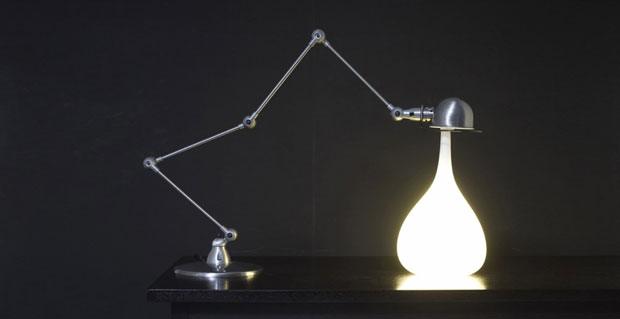Have you ever wondered how the traditional incandescent light bulb got its distinctive shape? The sphere surrounding the filament allows light to be distributed evenly in all directions, while the neck contains an opening for mounting and electrical connection. The design is still going strong after more than a century – quite literally in the case of the world’s oldest light bulb.
LED light bulbs last longer and use less energy than traditional incandescent light bulbs. They are also available in a variety of shapes, including candles and strip lights. Yet the standard shape LED bulb is still very popular and the perfect way to bring low-energy lighting to your home.
There are more distinctive styles of light bulb on offer, and the extended lifespan of LED light bulbs has opened up new opportunities for creative types. Dutch artist Pieke Bergmans has taken light bulb design to another level. As part of her ongoing Design Virus series, Bergmans creates hand-blown crystal light bulbs which contain LED light bulbs. The designs, which she calls ‘blubs’, have bizarre and fluid forms. They spill out of lamps and onto desks, and rest on the backs of chairs or on top of office furniture. Individually crafted to match their surroundings, they are unique pieces which, thanks to LED technology, last a lifetime. In the words of the artist herself, these light ‘blubs’ seem to be enjoying their new free existences. They put traditional bulbs – and their shades – in the shade!
Lighting accounts for more than a quarter of the planet’s electricity consumption. The energy-saving potential of LED light bulbs is impossible to ignore, and the incandescent light bulb is now an endangered species. The EU agreed to the phasing out of traditional filaments back in 2008. And with designers like Pieke Bergmans on the rise, the classic bulb shape might not be around for much longer either!
Date: September 6, 2011
Tags: bulb history light technology
Discover how LED light bulbs are revolutionizing the lighting industry. Learn about the benefits and creative design options available.




